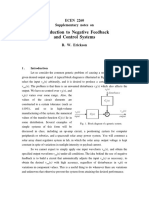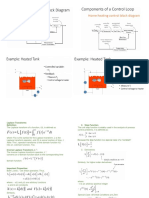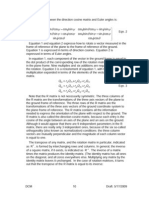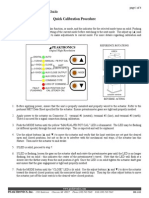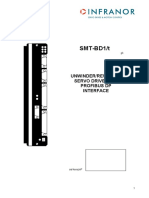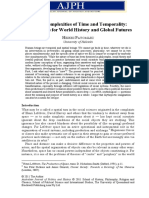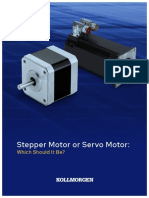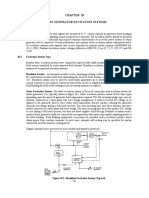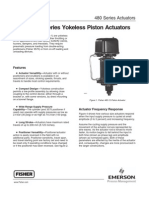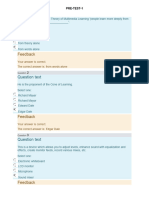0% found this document useful (0 votes)
8 views21 pagesLecture 9 Av 355 - Reference Inputs and Pre-Compensator
Covers the course of Modern Control system. Introduces reference inputs and pre compensators.
Uploaded by
salehaabidmnCopyright
© © All Rights Reserved
We take content rights seriously. If you suspect this is your content, claim it here.
Available Formats
Download as PDF, TXT or read online on Scribd
0% found this document useful (0 votes)
8 views21 pagesLecture 9 Av 355 - Reference Inputs and Pre-Compensator
Covers the course of Modern Control system. Introduces reference inputs and pre compensators.
Uploaded by
salehaabidmnCopyright
© © All Rights Reserved
We take content rights seriously. If you suspect this is your content, claim it here.
Available Formats
Download as PDF, TXT or read online on Scribd
/ 21





